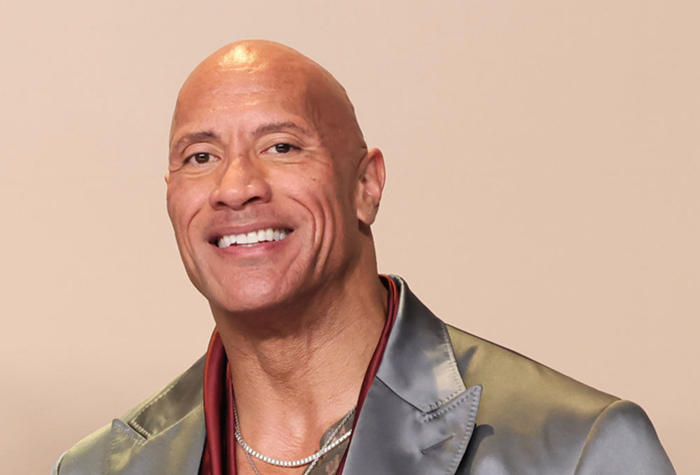They sell drugs in the hood
But the man, he move the medicine
He’ll prescribe you all meds for everythin'
—The Roots, “Rising Down”
With recreational programs rapidly expanding in the US and abroad, it should be a shock that cannabis professionals are still equated with “drug pushers.”
Of course, the people who draw these comparisons are often the same people who oppose the expanded access of lab-tested cannabis products. “We need to do more research to uncover the potential hidden dangers that cannabis surely possesses!” they cry—while not supporting anything in the way of research funding, or changes to law that might allow researchers to use something other than the University of Mississippi ultra-schwag that federally funded researchers are required to.
The goal of the recreational cannabis industry is to develop and grow markets for the legal sale of a wide range of cannabis (and hemp) products. While many in the industry have goals of wellness and other non-economic benefits, sales are the main driver, as they are in any capitalistic undertaking. As cannabis becomes increasingly commodified, the “pusher” moniker seems outdated.
Which brings me to the, ahem, fully legal pharmaceutical industry.
Recent news coverage of one of the largest true drug pushers in the world gives us rare and sickening insight into how their product is promoted and sold. The pushers in question are Purdue Pharma, and their product is Oxycontin—a drug that’s nationally available, with access to exposure, promotion, and capital that cannabis is barred from.
In January the New York Times ran a must-read piece on the new court filing by the Massachusetts Attorney General against Purdue and eight of its owners, all members of the Sackler family. The lawsuit is separate from an additional 1,500 (!) other lawsuits filed by various governments.
The Sacklers are one of the wealthiest families in the US, and their name is attached to numerous hospitals, universities, and museums. Most of their staggering worth—estimated in 2016 to be $13 billion—is derived from the sale of the opioid Oxycontin, which they brought to market in 1996 and racks up more than $1 billion a year in sales. When the FDA approved it, they permitted Purdue Pharma to advertise that the opioid’s formulation was “believed to reduce” its appeal to drug abusers when compared to other painkillers.
Purdue pushed their sales team hard to urge physicians to prescribe the highest possible dose to maximize profit, and to tell doctors Oxycontin couldn’t be abused and had an addiction risk for less than one percent of patients—a claim that had no scientific backing.
That sort of behavior led to Purdue paying a fine in 2007 of $634.5 million in a federal lawsuit for false safety claims. The new filing reveals that as early as 2001, Purdue’s president and partial owner Richard Sackler responded to the growing evidence that Oxy sales were responsible for a jump in opioid-related overdoses by suggesting that the company blame those who had become addicted to Oxy through prescriptions. “We have to hammer on abusers in every way possible,” Sackler said, according to Slate. “They are the culprits and the problem. They are reckless criminals.” When informed that 59 people in a single state had died from Oxycontin overdoses in 2001, Sackler replied, “This is not too bad. It could have been far worse.”
In 2016, opioids killed 72,000 Americans.
Purdue isn’t alone. The soulless husks of humanity at Insys—makers of a sublingual Fentanyl spray called Subsys—paid their sales staff higher compensation for selling higher-dose products, which even moved their own executives to warn this practice was “dangerous.” As Forbes reports, “The Food and Drug Administration okayed [Subsys] only for the sickest cancer patients, but prosecutors say Insys marketed Subsys to patients who didn’t have cancer, lying to insurance companies and paying off doctors with exorbitant speaking fees.”
Between 2011 and 2015, Insys produced a generic version of Marinol, a synthetic THC substitute given to cancer and HIV patients to do what cannabis does for appetite and nausea, but at a much higher price. This may be why Insys contributed $500,000 to cannabis legalization opponents in Arizona in 2016.
Meanwhile, cannabis growers, manufacturers, and vendors still have to shake off the stigma of being “drug pushers.”














